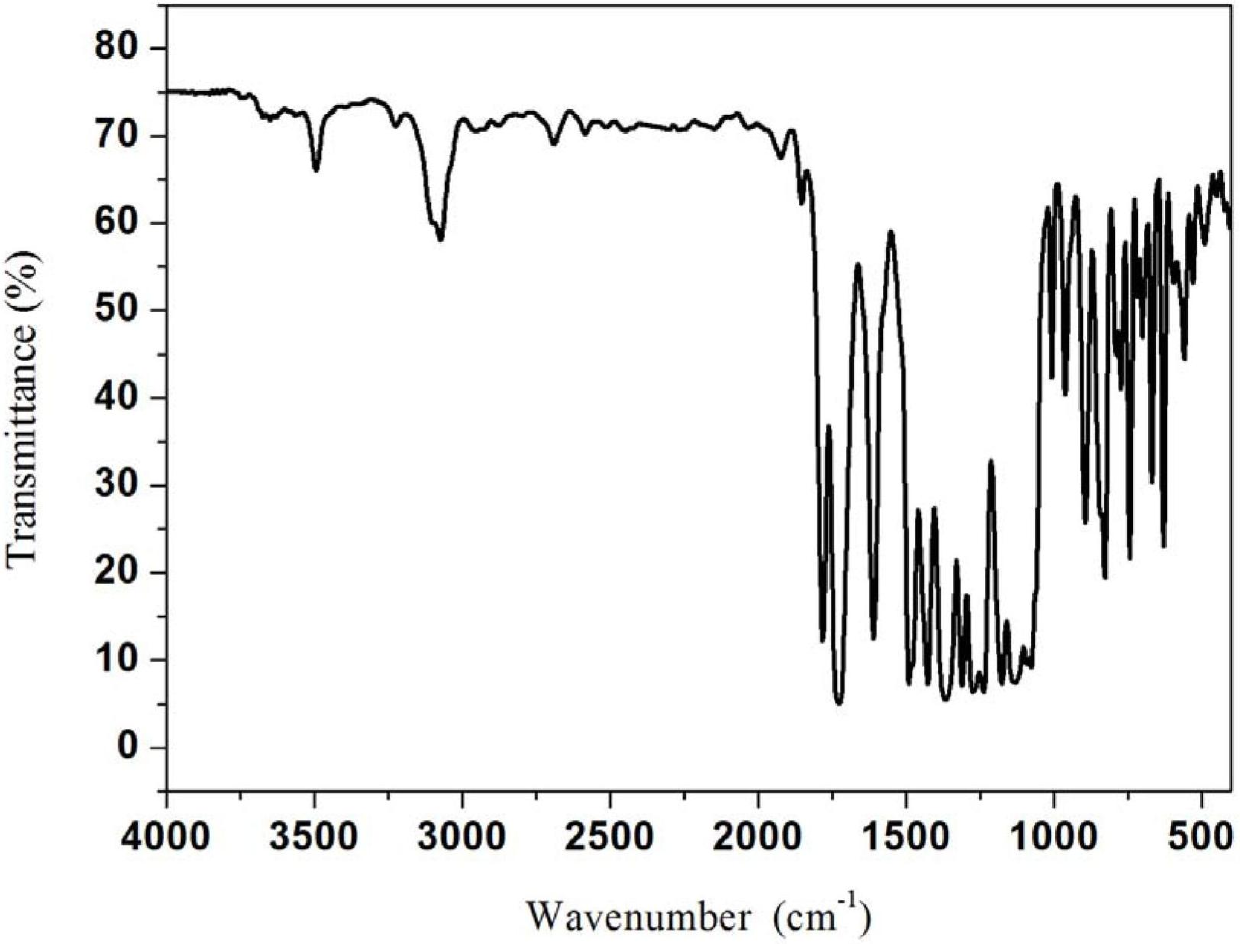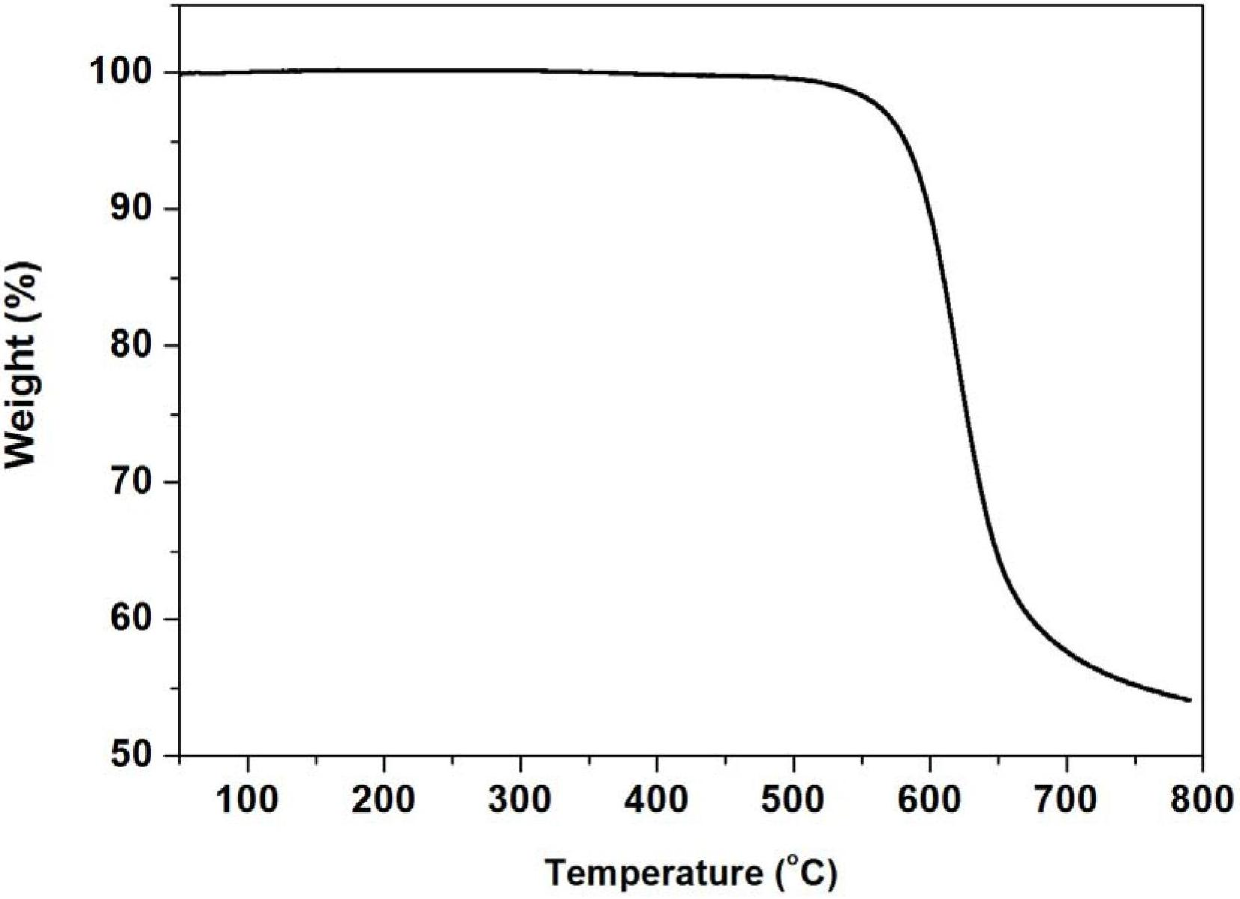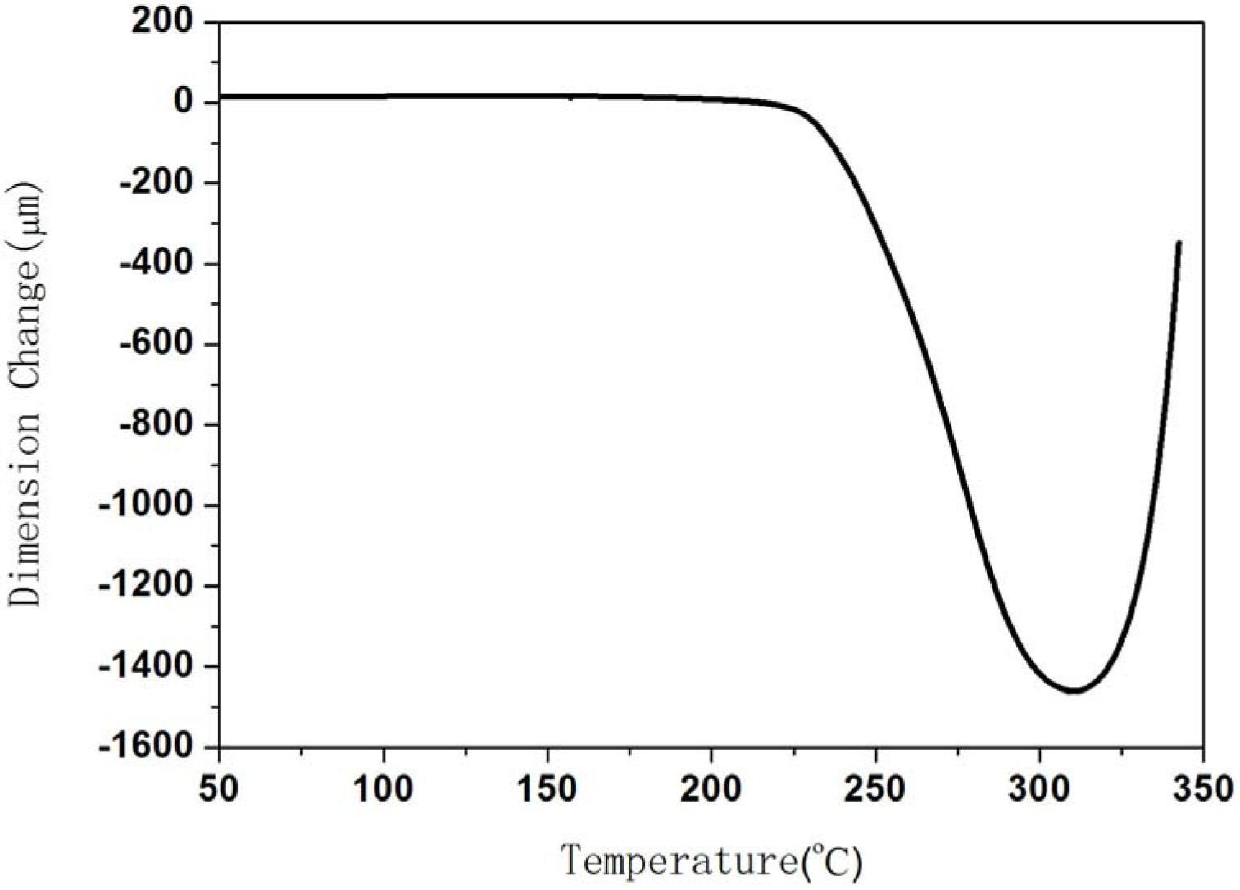Polyimide microspheres and preparation method and application thereof
A polyimide and polyimide resin technology, applied in the field of functional polymer microspheres, can solve the problems of low yield and poor solubility of polyimide microspheres, and achieve high sphericity and glass transition. The effect of high temperature and uniform particle size distribution
- Summary
- Abstract
- Description
- Claims
- Application Information
AI Technical Summary
Problems solved by technology
Method used
Image
Examples
Embodiment 1
[0064] Example 1: Preparation from 3,3′,4,4′-diphenyl ether tetraacid dianhydride (ODPA) and 2,2′-bistrifluoromethyl-4,4′-biphenyldiamine (TFDB) Polyimide microspheres (emulsification stirring speed: 700rpm)
[0065] Add 2.41g (7.53mmol) TFDB and 10g NMP in a 500mL three-necked flask, stir until dissolved to form a homogeneous solution; add 2.26g (7.25mmol) ODPA and 10g NMP solvent to the above solution, and the system cools down to 5 °C, reacted for 2h; added 0.083g (0.56mmol) phthalic anhydride (PA), stirred and reacted for 12h to obtain a viscous polyamic acid resin solution with a solid content of 20wt%. Add 2g of isoquinoline and 20g of toluene to the polyamic acid resin solution, heat to reflux for 3h; adjust the reaction temperature to 180°C, react for 5h, and then distill off the toluene. The temperature of the reaction system was lowered to room temperature, and the reaction solution was slowly precipitated in absolute ethanol, and the obtained precipitate was filter...
Embodiment 2
[0075] Example 2: Preparation from 3,3′,4,4′-diphenyl ether tetraacid dianhydride (ODPA) and 2,2′-bistrifluoromethyl-4,4′-biphenyldiamine (TFDB) Polyimide microspheres (emulsification stirring speed: 600rpm)
[0076] The soluble polyimide resin prepared in Example 1 was dissolved in DMAc to prepare a 7.5wt% solution. A 5 wt % polyvinylpyrrolidone aqueous solution was added to the solution for emulsification, and the stirring speed was controlled at 600 rpm. Microspheres with smooth surfaces were obtained, which contained some rod-shaped particles. The particle size of microspheres is 12 μm, the degree of sphericity: 95%, and the width of particle size distribution: 0.81. The rod-shaped particles have a length of 20-40 μm. SEM spectrum as Figure 5 shown.
Embodiment 3
[0077] Example 3: Preparation from 3,3′,4,4′-diphenyl ether tetraacid dianhydride (ODPA) and 2,2′-bistrifluoromethyl-4,4′-biphenyldiamine (TFDB) Polyimide microspheres (emulsification stirring speed: 500rpm)
[0078] The soluble polyimide resin prepared in Example 1 was dissolved in DMAc to prepare a 7.5wt% solution. Add 5wt% polyvinylpyrrolidone aqueous solution to the solution for emulsification, and control the stirring speed to 500rpm. Microspheres with smooth surfaces were obtained, which contained some rod-shaped particles. The particle size of the microsphere is 11 μm, the degree of sphericity: 90%, and the width of particle size distribution: 1.1. The rod-shaped particles have a length of 10-50 μm. SEM spectrum as Image 6 shown.
PUM
| Property | Measurement | Unit |
|---|---|---|
| Glass transition temperature | aaaaa | aaaaa |
| Particle size | aaaaa | aaaaa |
| Particle size | aaaaa | aaaaa |
Abstract
Description
Claims
Application Information
 Login to View More
Login to View More - Generate Ideas
- Intellectual Property
- Life Sciences
- Materials
- Tech Scout
- Unparalleled Data Quality
- Higher Quality Content
- 60% Fewer Hallucinations
Browse by: Latest US Patents, China's latest patents, Technical Efficacy Thesaurus, Application Domain, Technology Topic, Popular Technical Reports.
© 2025 PatSnap. All rights reserved.Legal|Privacy policy|Modern Slavery Act Transparency Statement|Sitemap|About US| Contact US: help@patsnap.com



